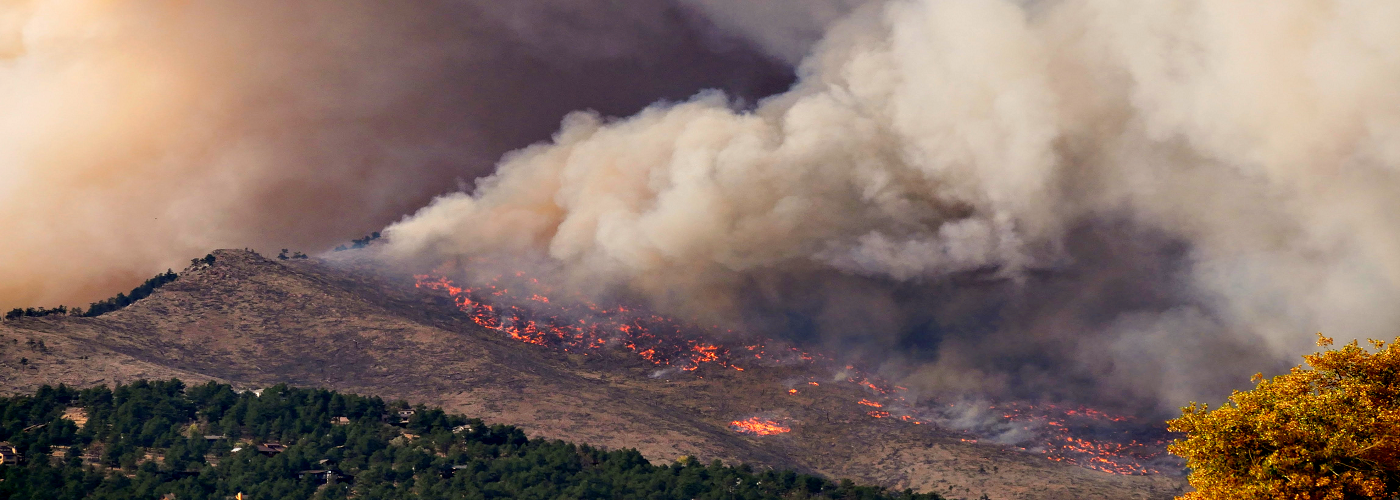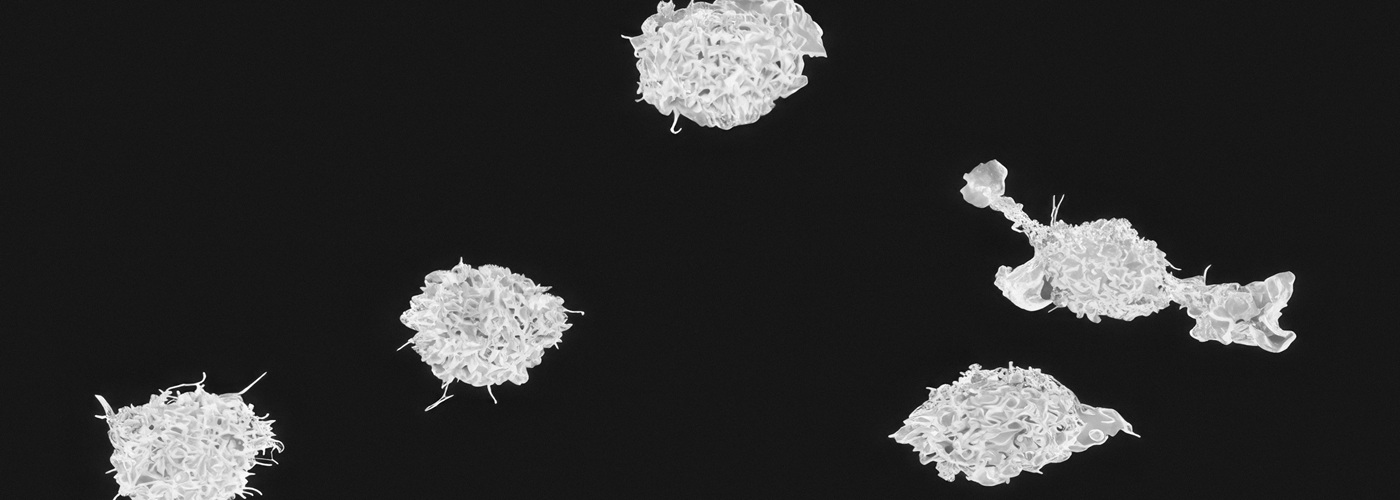

Wildfire smoke carries more than soot and ash—it can deliver toxic metals, PFAS (forever chemicals), and carcinogens deep into the body. A landmark study in Nature Medicine led by researchers at Harvard T.H. Chan School of Public Health reveals that such exposures reshape the immune system at the cellular level, offering the first detailed glimpse of smoke’s molecular fallout.
The team compared blood samples from 31 recently smoke-exposed adults (both firefighters and civilians) to 29 matched controls. No participants had chronic illnesses or were on immune-modulating medications. Within one month of exposure, researchers applied single-cell omics, combining epigenetic profiling, with mass cytometry, and advanced bioinformatics to chart changes across individual immune cells.
Key findings included a surge in memory CD8⁺ T cells (crucial for long-term pathogen defense) and heightened activation markers and chemokine receptors indicative of systemic inflammation. Smoke-exposed participants also showed altered expression of 133 genes linked to allergy and asthma pathways, alongside greater binding of toxic metals such as mercury and cadmium to their immune cells.
Study author Kari Nadeau emphasizes that understanding these precise cellular disruptions equips clinicians and public health officials to better address the escalating threat of uncontrollable wildfires. Lead author Mary Johnson adds that early detection of immune dysfunction may pave the way for targeted therapies to counteract smoke-induced damage.
Beyond potential treatments, these insights carry policy weight: defining truly hazardous smoke levels could inform evacuation guidelines, air-quality standards, and public education campaigns. As wildfires intensify under climate change, mapping how particulate matter, heavy metals, and persistent chemicals undermine immunity is vital. This study not only fills a critical knowledge gap but also lays a foundation for new diagnostics, interventions, and regulations aimed at safeguarding health amid growing environmental crises.






